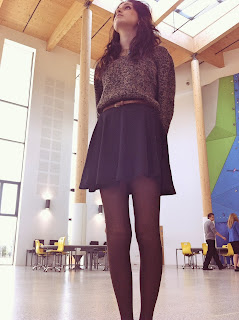What have you learnt by doing this exercise?
By doing this excersise i have learnt a number of things. I've learnt about different camera angles and why we use them, this is good experience for when i do my final task. I also have learnt how to use Adobe Premier Elements, which again is very useful when i get to making my final task. We learnt that the location and setting plays an important part in making a short video and that we have to think carefully why we have chose that location. I have learnt that its a lot harder to film and put together a short video than you think. The acting in our video could of been alot better and more realistic as it looked quite awkward watching it back. Also the editing is very difficult to get the right shot playing at exactly the right time, along with the music. Our music sounded very odd as it didnt fade out when the speaking started in the shots.
What skills have you developed?
Skills i have developed from doing the Preliminary Task are, how to edit clips, cut them and make the speed up/slowdown. I've also learnt how to use a camera and zoom in and out on the camera, while using a variety of different shots. I have developed editing skills on the Adobe Premier Elements software. Ive learnt how to insert music into the clips and to fade the music. However i do need to practice editing more as i still could improve on my editig skills. I ave also learnt how to use a camera and where to place the camera to get the best shot.What feedback have you received?
These are comments from some members of my media class.
How would you improve your Preliminary Task?
To improve my preliminary task i would make sure the acting of the characters is better and that the camera doesnt wobble when recording. I would also use more effects on the shots to change the lighting and i would cut the shots so they ran more smoothly.






















